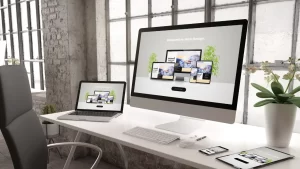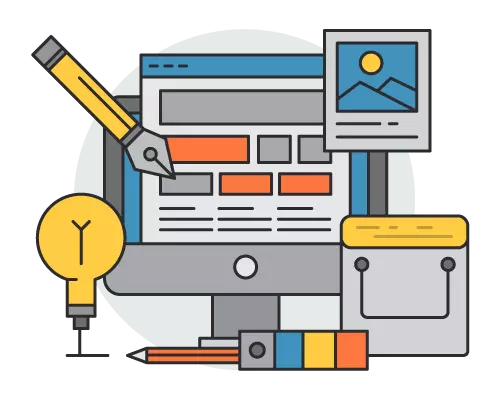Yes, web designers can work remotely, and many do.
The nature of web design work, which is primarily digital, allows designers to complete projects from anywhere with an internet connection.
Whether working as freelancers or for design agencies, remote work offers web designers flexibility and the ability to collaborate with clients globally.
Why Web Designers Can Work Remotely
1. Digital-First Industry
Web design involves using digital tools such as Adobe Creative Suite, Figma, WordPress, and Sketch.
Since all work is done online, there is no need for physical presence in an office or location-based workspace.
2. Online Collaboration Tools
Remote work has become even more feasible with the availability of online collaboration platforms, such as:
- Slack (for messaging)
- Zoom (for video conferencing)
- Google Drive or Dropbox (for file sharing)
- Trello or Asana (for project management)
These tools allow web designers to communicate, share progress, and collaborate with clients and team members effectively, no matter where they are located.
3. Flexibility and Freedom
Web designers who work remotely enjoy flexible schedules, allowing them to set their own hours, balance other commitments, and work at their own pace.
This flexibility is especially beneficial for freelancers, who may have clients across different time zones.
4. Access to Global Clients
By working remotely, web designers are not limited to local clients.
They can offer services to businesses around the world, expanding their market reach and opportunities.
This allows designers to build a diverse portfolio and potentially command higher rates for international projects.
5. Lower Overhead Costs
Working remotely eliminates many overhead costs associated with maintaining a physical office, such as rent, utilities, and commuting.
This is particularly beneficial for freelance web designers or small design agencies looking to reduce expenses and offer competitive pricing to clients.
Challenges of Working Remotely as a Web Designer
1. Communication
While online tools make remote collaboration easier, effective communication is crucial.
Without face-to-face interaction, web designers must ensure they maintain clear and frequent communication with clients to avoid misunderstandings about project goals or timelines.
2. Time Management
Working remotely requires self-discipline and strong time management skills.
With the flexibility of working from home, it’s easy to get distracted or lose track of deadlines.
Designers must stay organized and use tools like calendars or task managers to meet client expectations.
3. Isolation
Remote work can sometimes feel isolating, especially for designers who enjoy collaboration and teamwork in an office environment.
To combat this, web designers can participate in online communities, join professional networks, or occasionally work in co-working spaces to stay connected.
Conclusion
Web designers can successfully work remotely, benefiting from flexibility, access to a global client base, and lower overhead costs.
With the right communication and time management tools in place, remote web design offers many advantages, whether for freelancers or design agencies.

















